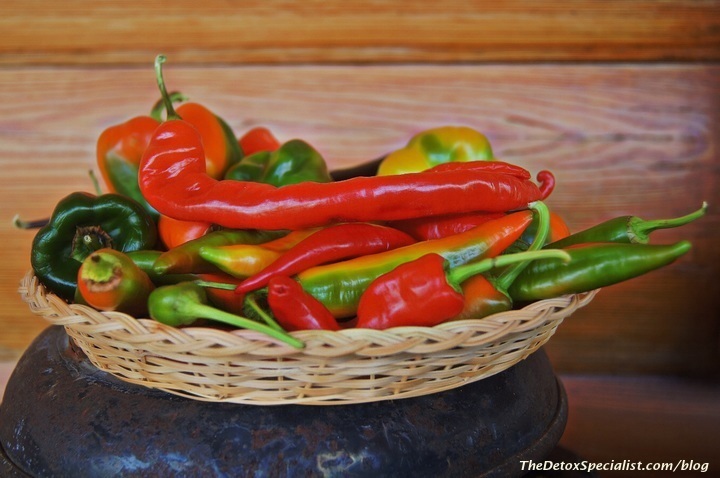Introduction
If weight loss or simply maintaining a healthy weight is a goal, you may be trying to eat more vegetables. Boosting your intake of high fiber, low carb and low fat veggies is a great first step in lowering your caloric intake and hitting your weight loss goals. However, you may want to get some help from the hotter end of the vegetable spectrum.
Benefits of Peppers
The source of heat in peppers is capsaicin. This compound aids in weight loss by elevating your body temperature, thus burning more calories.
Capsaicin also supports heart health by dilating blood vessels, lowering your risk of blood clots and even lowering cholesterol build-up.
Appetite Suppression
Spicy foods can also reduce your appetite and help you to feel more satisfied on less food at your next meal. If you’re not accustomed to hot food, start by adding a few red pepper flakes to heavy or fatty foods such as pasta or oily meats.
Be aware that adding a hot seasoning to any food will wake up your taste buds. Foods with extra heat added will likely require less salt and other seasonings to have the same flavor punch.
What If You Can’t Take The Heat?
If your early food experiences never gave you the chance to enjoy or develop a taste for spicy foods, a few red pepper flakes may actually make your food unpleasant. To avoid excess burn or simply lose your joy in food, you can increase your pepper intake by taking a capsimax supplement.
While this supplement can give you the metabolic boost of peppers, the appetite suppression impact may be less as this form of heat doesn’t impact the taste buds. However, the thermal burn may make it easier to reach your weight loss goals.
Easy Ways To Add Peppers To Your Vegetable Intake
Tabasco sauce is an easy addition to most any red sauce, so use it to boost the spice in your marinara. This easy to find hot sauce is also a great addition to vegetable stir fries or you can add a few drops to your favorite egg roll dipping sauce.
If you like roasted peppers, you can get a small dose of capsaicin (and plenty of flavor) from mild chili peppers such as the anaheim pepper. If you want to boost the heat of these delicious and easy to cook peppers, use them for stuffed peppers and boost the heat of the rice or grain with tabasco in your red sauce.
Be aware that bell peppers contain no capsaicin, though they can be amended as noted above.
Handling Peppers
Chili peppers are hot to eat and hot to handle when you’re preparing them. Invest in powderless neoprene gloves to handle any peppers with capsaicin. It should be noted that the liquid in peppers contains the heat. If you’re cleaning, veining or chopping peppers, you’re exposing your skin to this compound.
Some peppers are hot enough to blister skin when handled or your lips when consumed. If you’ve been handling peppers and then move to use the restroom, change a diaper or put in your contacts, you will transfer this heat to the next activity. Use gloves!
Final Thoughts
To gain full value from the vegetables in your diet, it’s suggested that you try to eat a rainbow of colors. Peppers fit this bill admirably, and will give you a great variety of sweetness and flavor intensity. If you handle them safely and give your taste buds time to adjust to the heat, you can set yourself up to lose weight, improve your heart health, and build a healthier future.




